Think You Know What a Web3 Credit Card Is? Take This Quiz and Find Out
Web3 Credit Card Quiz: Are You Ready for Crypto Spending?
Let’s be honest—Web3 credit card sound flashy, but how many of us actually know how they work? Instead of throwing another explainer at you, here’s a more fun approach: a quiz-style guide that’ll teach you the basics while keeping things casual. No pressure—just pick your answers and learn something along the way.
Question 1: What is a Web3 credit card?
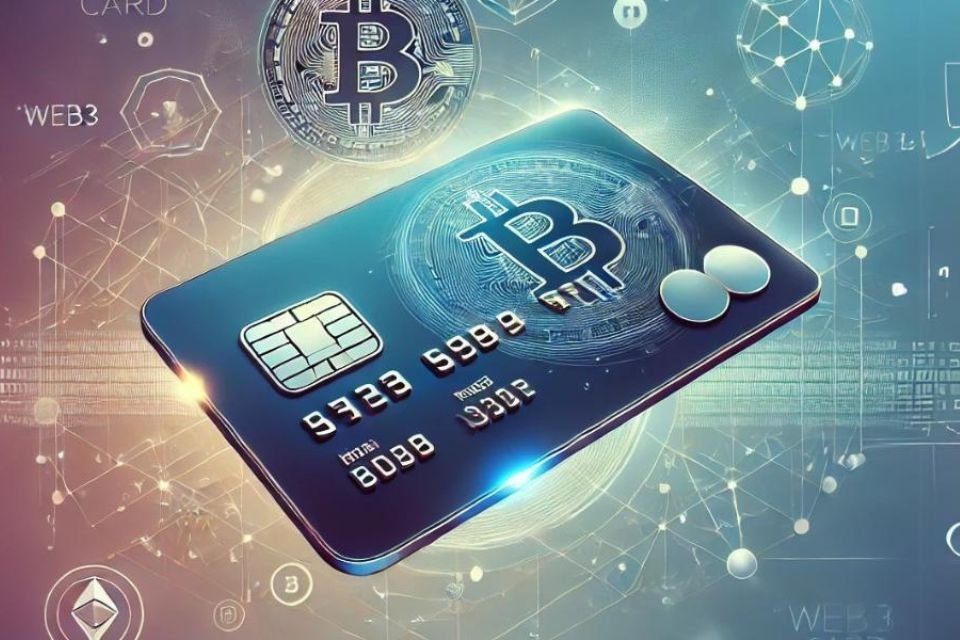
A. A regular credit card with a crypto sticker slapped on it
B. A digital card that only works on Web3 gaming platforms
C. A card connected to your crypto wallet that lets you spend digital assets
D. A tool for buying NFTs only
Answer: C
A Web3 credit card is tied to your crypto wallet and allows you to spend cryptocurrencies like USDC, ETH, or others. It’s usually connected to decentralized finance (DeFi) apps and smart contracts—not your usual bank.
Question 2: How does a Web3 credit card function in the real world?
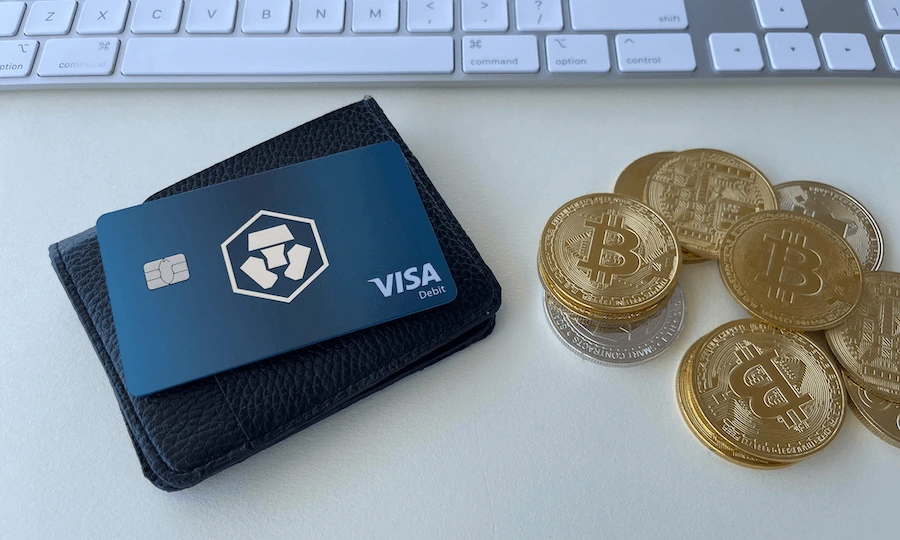
A. It works in the metaverse only
B. It needs a central bank’s approval to function
C. It blends traditional payments (like card swiping) with crypto transactions
D. It only works if you mine crypto daily
Answer: C
These cards often operate like hybrids—you can use them at real-world stores while the backend handles conversions or draws from your crypto wallet. Some even give you a line of credit based on your crypto holdings.
Question 3: Which features are unique to Web3 credit card?
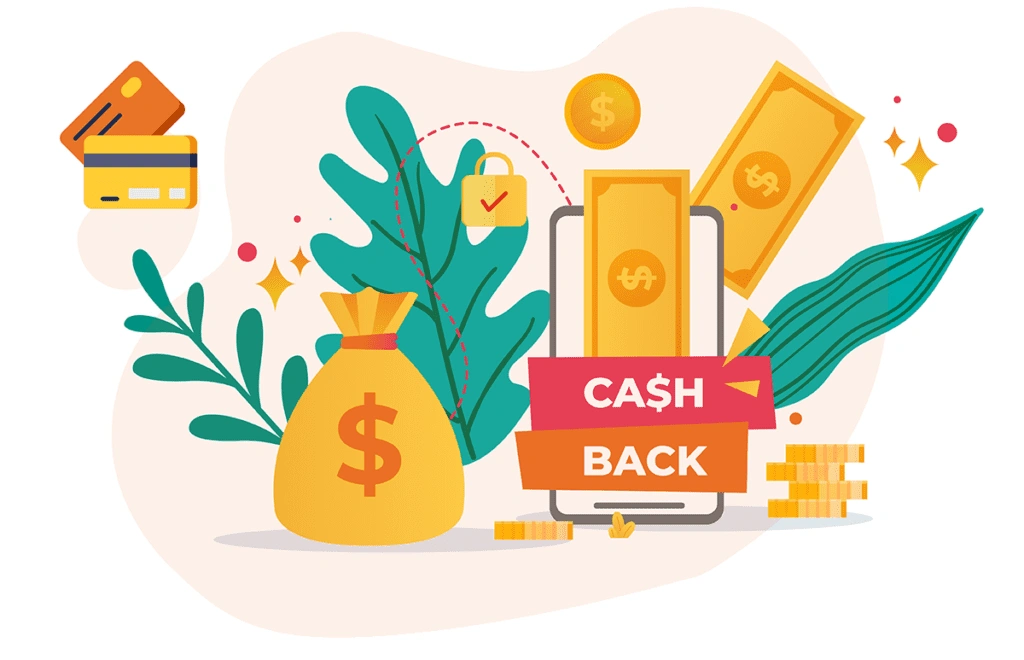
A. You can earn airline miles
B. Rewards come in crypto or NFTs
C. All purchases must be over $100
D. They’re only for tech experts
Answer: B
Instead of your typical cashback or travel points, you might get rewards like token bonuses, staking perks, or even NFTs. It’s a new kind of incentive—and it’s pretty niche right now, but growing.
Question 4: Do It require a traditional credit score?

A. Absolutely, just like regular cards
B. No—they use your crypto as collateral instead
C. Only if you’re applying in the U.S.
D. Not yet, but that’s changing fast
Answer: B
Many Web3 credit cards evaluate your crypto holdings instead of pulling your FICO score. Though KYC (Know Your Customer) checks are still common, your bank history may not matter much.
Question 5: Let’s compare—how do traditional cards stack up?
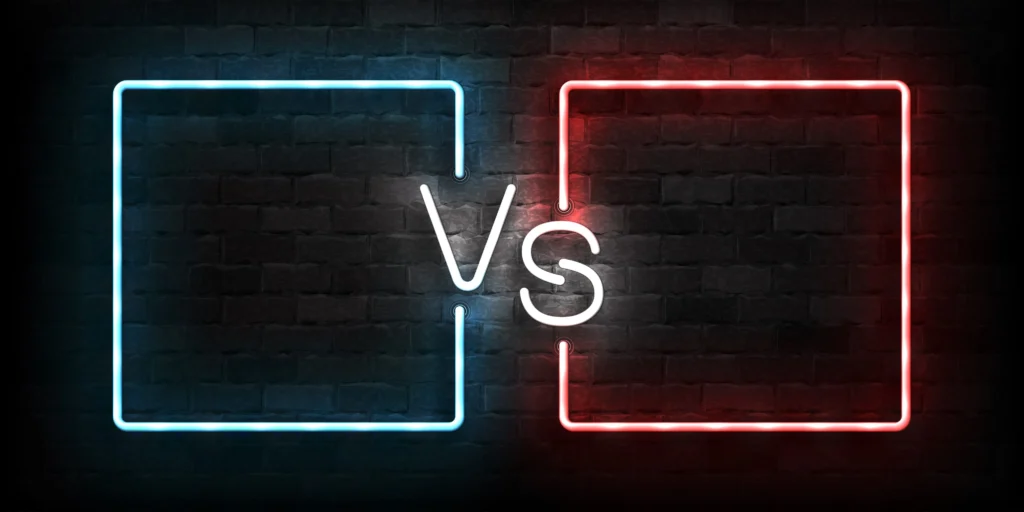
| Feature | Traditional Credit Card | Web3 Credit Card |
|---|---|---|
| Connected to bank | Yes | No (linked to crypto wallet) |
| Earns cashback/miles | Yes | Maybe—but in crypto |
| Privacy-focused | Not really | Sometimes, yes |
| Based on credit score | Almost always | Not necessarily |
| Uses smart contracts | No | Often |
Pretty clear there’s a philosophical split, right? One’s old-school and centralized. The other is flexible, sometimes clunky, but much more Web3-native.
Question 6: Are there downsides to using a Web3 credit card?

A. Nope—100% perfect
B. Yes—hidden fees and limited adoption
C. Only if the crypto market crashes
D. Only when used abroad
Answer: B
Like any emerging tech, Web3 cards aren’t flawless. Some have confusing fees, weird user interfaces, or limited acceptance. And let’s face it—not every coffee shop is ready to process crypto-backed payments.
Question 7: Are Web3 credit cards the future of spending?
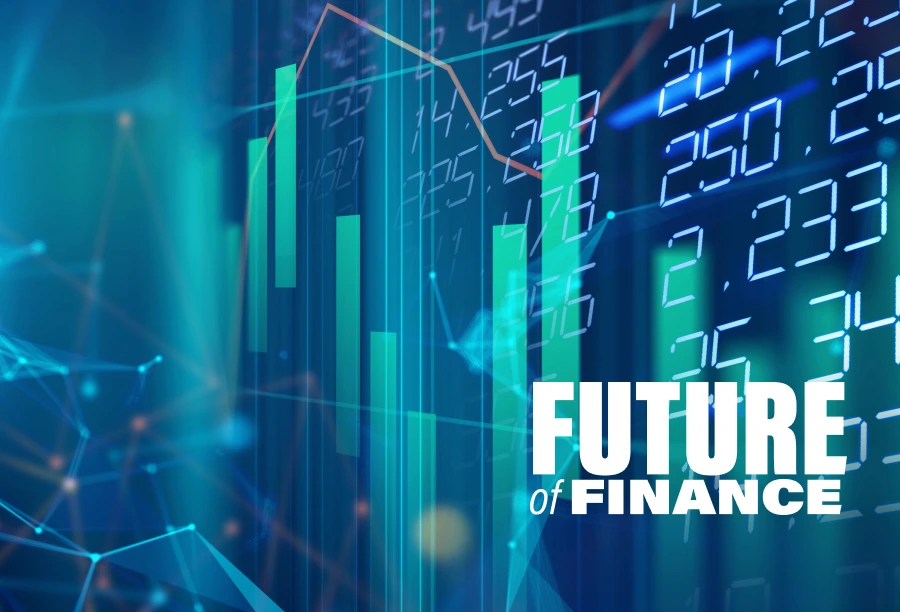
A. Definitely
B. Nope, just a fad
C. Maybe—it depends on adoption and regulation
D. Only if they add cash-back in pizza slices
Answer: C
Some say Web3 credit cards could eventually replace traditional ones—especially as crypto adoption grows. But we’re still early. They’ve got promise, but need more users, smoother design, and clearer regulation before going mainstream.
So, How’d You Do?
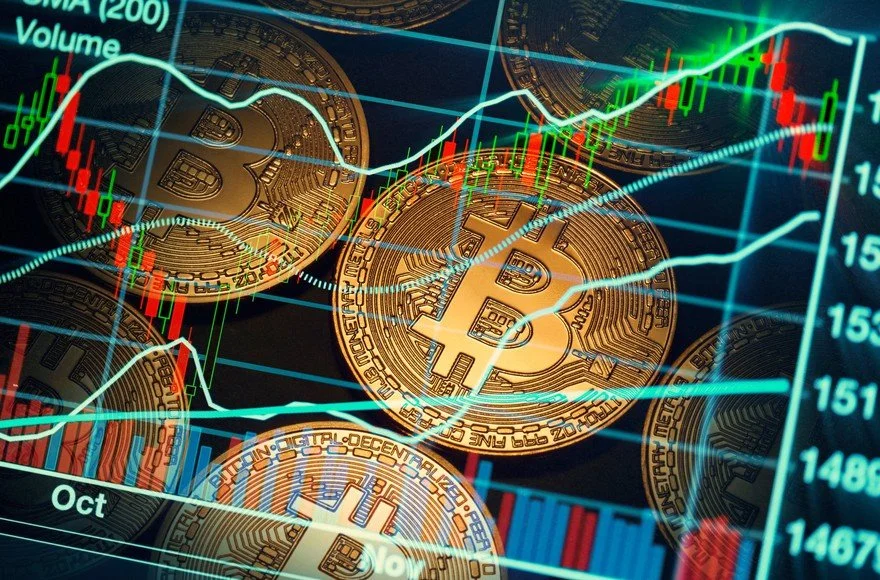
Whether you nailed every answer or just learned a thing or two, you’ve now got a stronger handle on the basics of Web3 credit cards. They’re not just some buzzword floating around crypto Twitter—they’re real, functional tools that can bring your digital assets into the everyday world.
Sure, there’s room for improvement. And no, not everyone’s ditching their Visa just yet. But for folks deep in the crypto space—or even just curious—Web3 credit cards are something to watch.
One day, maybe we’ll all be spending ETH as easily as we swipe for coffee. Until then, keep an eye on your wallet. Both kinds.
Relevent news: Here




